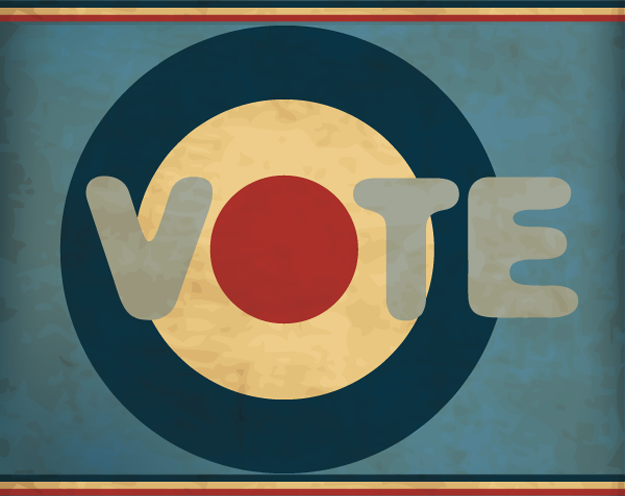
In terms of politics, 2012 has been the year of the Internet. This transformation began in January, when millions of Web users rallied to put an end to the Stop Online Piracy Act (SOPA) and the PROTECT IP Act (PIPA). The momentum carried citizens in Europe to successfully shut down the Anti-Counterfeiting Trade Agreement (ACTA), and further helped push Congress to make positive changes to the Cyber Intelligence Sharing and Protection Act (CISPA).
In short, the Internet community has become a force of change in our real-world policies like never before. And now, a number of U.S. citizen rights groups are hoping to use the Web to turn our enthusiasm into votes this November.
On Friday, the Center for Rights, Fight for the Future, and Personal Democracy Media, with support from the Ford Foundation and State Infrastructure Fund, launched “The Internet Votes” initiative, a concerted attempt to get the “Internet public” to register to vote in the upcoming election, and then follow through at the polls on November 6, Election Day.
The Internet Votes starts with an embeddable widget, through which anyone can go through the process of registering to vote. Just enter your name, address, and a few other bits of information. Once completed, a form and stamped envelope will arrive in your mailbox. Fill out the remaining bits of info (your driver’s license number or last four digits of your Social Security Number), and pop the whole thing in the mail.

While this is a solid attempt to simplify the voter registration process, the system is still complicated by the fact that different states have different rules and procedures for voter registration. Most states will let you register to vote through the mail. But an increasing number offer online voter registration. Currently, 14 states all allow residents to register to vote online, provided you already have a state-issued ID.
Click on your state below for access to the online voter registration page:
- Alaska
- Arizona
- California
- Colorado
- Delaware
- Georgia
- Indiana
- Kansas
- Louisiana
- Maryland
- Nevada
- Oregon
- Utah
- Washington (Facebook app)
Ohio allows residents who are already registered to vote to change their address online (pdf), but still requires new voters to register through the mail.
The Internet Votes initiative is pushing users to register by Tuesday, September 25, also known as Internet Voter Registration Day. This date is important, as some states begin to cut off voter registration after that day. A number of other states allow residents to register to vote at their polling location on Election Day.
If you don’t see your state listed above, find out its voter registration policy through this helpful list from the Huffington Post. Or just fill out the widget at The Internet Votes website.
The next part of the The Internet Votes initiative is a forthcoming “Voter Block” tool, which will allow users to create their own groups of voters who care about particular issues, and push each other to get out and vote. The Internet Votes participants can also share their intention to vote through Facebook, and the campaign urges committed voters to get their friends out to the polls as well.
All said, these types of tools are needed in an era when most of the information we consume, and tasks we perform in some way take place online. In fact, we are surprised that it’s taken this long for the Internet to become an integral part of the voting process — something that will surely increase as the years go on.
So tell us, DT readers, will you be voting this year?
Images via Vilmos Varga/Tribalium/Shutterstock



